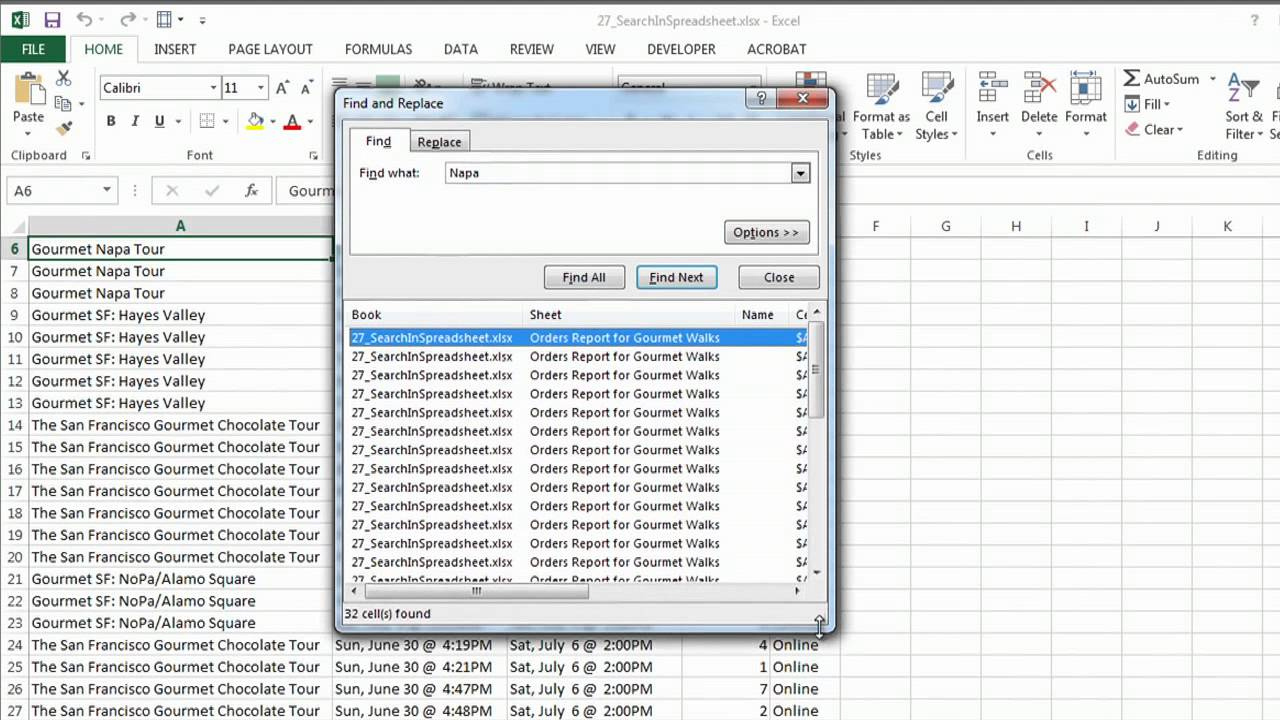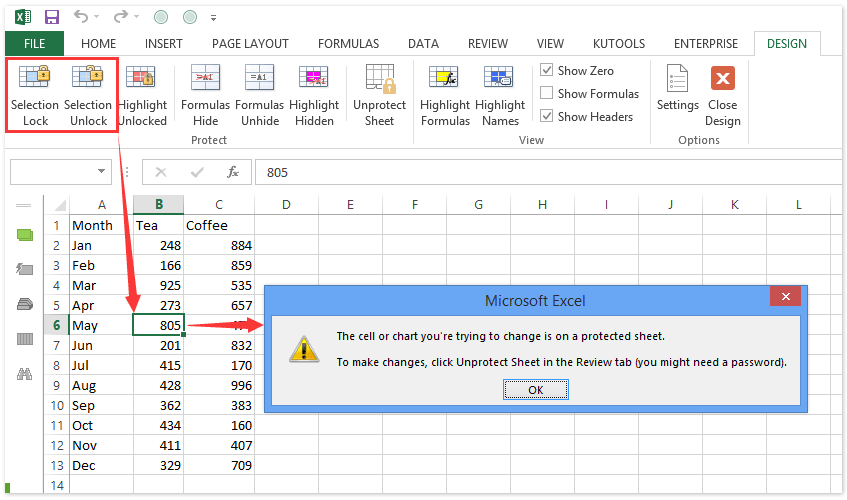Unlock Excel Sheet: Bypassing Another User's Lock Easily

Have you ever found yourself staring at an Excel spreadsheet, locked by another user, when you urgently need to make changes or updates? Excel sheets are a vital tool in the modern workplace, often holding critical data that requires timely access and modification. Whether you're in a business environment or managing personal finances, encountering a locked Excel file can be a frustrating roadblock. In this post, we'll explore the various methods to unlock an Excel sheet, providing a detailed, step-by-step guide on how to bypass locks set by others, ensuring you can proceed with your work seamlessly.
Understanding Excel Sheet Locks

Before we delve into unlocking techniques, let's understand the types of Excel sheet locks:
- Password Protection: Users can protect a sheet or workbook with a password to prevent unauthorized changes or access.
- User-Level Lock: Where specific user permissions limit who can edit or even view the document.
- Shared Workbook Lock: In shared workbooks, changes are tracked by user, and locks can prevent simultaneous editing on specific ranges of the sheet.
Methods to Bypass Another User's Excel Sheet Lock

Method 1: Using VBA Code

Visual Basic for Applications (VBA) is a powerful tool within Excel that can manipulate almost all aspects of a spreadsheet. Here’s how you can use it to remove locks:
- Open the VBA Editor: Press Alt + F11 to open the VBA editor in Excel.
- Insert a New Module: Click ‘Insert’ and then ‘Module’ to create a new module.
- Copy and Paste the Code: Here’s the VBA code you need:
Sub UnlockSheet() Dim wks As Worksheet For Each wks In Worksheets wks.Select wks.Unprotect Next wks End Sub - Run the Macro: Press F5 or click ‘Run’ to execute the macro.
💡 Note: Running this code will unprotect all sheets within the workbook. Be cautious with the use of VBA macros as they can modify the document structure significantly.
Method 2: Unprotecting via File Explorer

If you have the file but not access to the computer where the file was created, this method can help:
- Right-click on the File: Locate the Excel file in File Explorer and right-click it.
- Rename the File: Add “.zip” to the end of the file name.
- Extract Files: Open the zip file to find the folder named “xl”. Inside, locate the “worksheets” folder, and then the xml file for the sheet in question.
- Edit XML: Open the xml file with a text editor like Notepad. Look for the
- Revert the Extension: Change the file extension back to “.xlsx” after saving the XML changes.
Method 3: Leveraging Third-Party Tools

Several third-party software solutions exist to remove Excel locks without requiring VBA knowledge:
- PassFab for Excel: A tool designed to remove password protection from Excel files.
- Excel Password Remover: Online tools that allow you to upload the file and retrieve the password or remove protection.
- SysTools Excel Unlocker: Another utility that specializes in unprotecting locked Excel sheets.
⚠️ Note: Use third-party tools cautiously, ensuring they are from reputable sources to avoid data breaches or malware infection.
Method 4: Requesting Access from the Owner

While not a direct method to bypass locks, it’s the most ethical and secure approach:
- Communicate your need to access the document through email or office communication tools.
- Request the owner to provide permissions or the password for the sheet.
This method ensures data integrity and avoids potential issues with unauthorized changes or data loss.
Best Practices for Managing Excel File Security

To prevent unauthorized access or bypassing of Excel sheet locks, consider these practices:
| Best Practice | Description |
|---|---|
| Regularly Update Passwords | Ensure passwords are strong and change them periodically. |
| Use Different Levels of Protection | Implement both password protection and user-level restrictions where applicable. |
| Implement Audit Trails | Use features like ‘Track Changes’ to monitor modifications to the sheet. |
| Secure File Storage | Store files in secure locations or cloud services with access control. |

By adopting these strategies, you not only protect your Excel sheets from unauthorized access but also create an environment where collaboration and data security can coexist harmoniously.
Lastly, when you gain access to a locked sheet, remember the importance of respecting the data's intended use and privacy. Unlocking sheets does not give you carte blanche to misuse the data or make unauthorized changes. Ethical considerations and workplace policies should guide your actions.
Can I unlock Excel sheets without affecting the owner’s permissions?

+
Methods like VBA macros can unprotect sheets, but they do not modify or remove the existing user permissions set by the owner. The owner’s access remains intact, but unprotected sheets can now be edited by anyone with access to the file.
Is it legal to unlock someone else’s Excel sheet?

+
Legality depends on your authorization to access and modify the document. If you are legally entitled to edit the sheet or have permission from the owner, it’s generally acceptable. However, bypassing security without authorization could be considered illegal or unethical.
What are the risks involved in using third-party tools to unlock Excel files?

+
The primary risks include potential data breaches, malware infection, and the possibility of corrupting the Excel file. Always ensure the software comes from a reputable source and adheres to best practices for software security.



